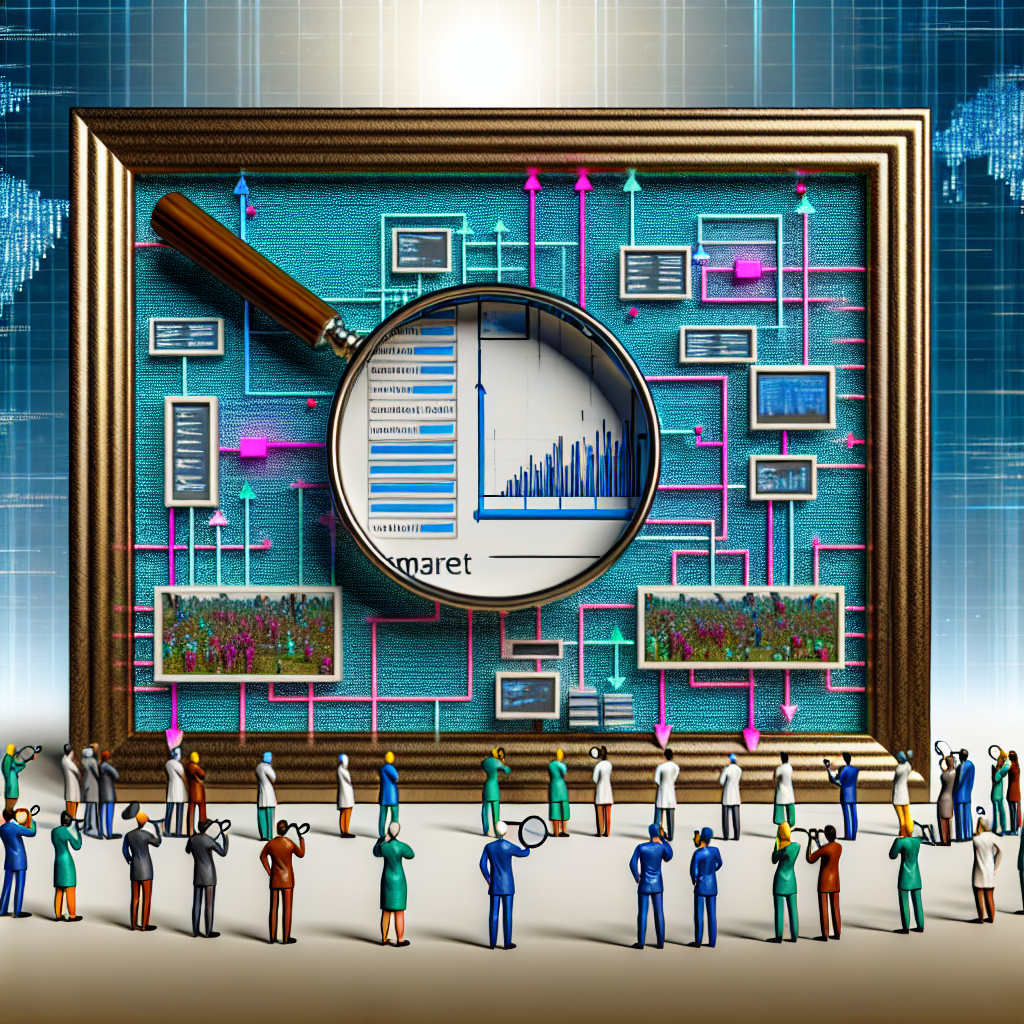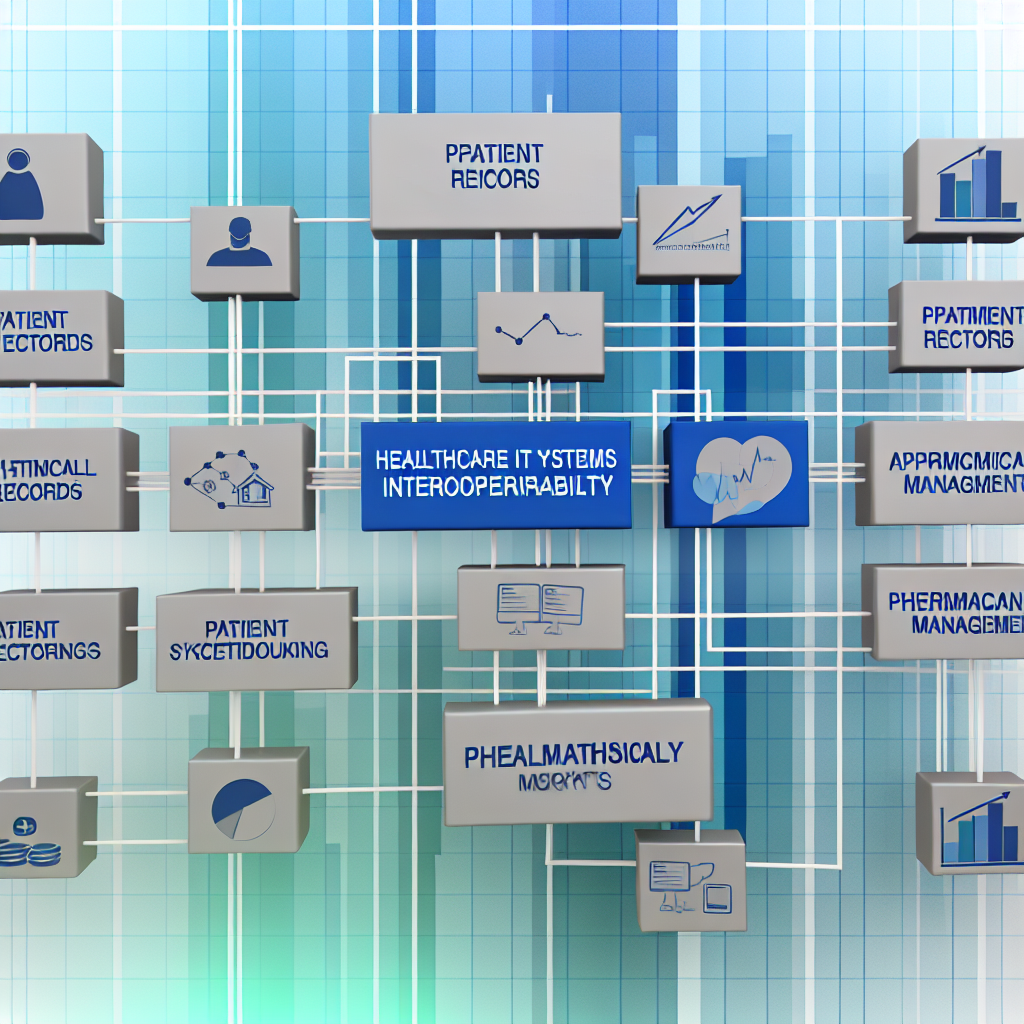Explore the Healthcare IT Systems Interoperability Market: trends, growth forecasts, and market size insights for strategic planning.
Healthcare IT Systems Interoperability Market Size, Growth & Forecast

Table of Contents
- Healthcare IT Systems Interoperability Market Size, Growth & Forecast
- Understanding Healthcare IT Systems Interoperability
- Current Market Size and Growth Projections
- Drivers of Growth
- Challenges to Overcome
- Regional Insights
- Impact of COVID-19 on Market Dynamics
- Future Trends and Market Forecasts
- Conclusion
Healthcare IT Systems Interoperability Market Size, Growth & Forecast

The healthcare industry is increasingly leaning towards digitization, aiming to improve the quality of care and operational efficiencies. At the heart of this transformation is the need for robust healthcare IT systems interoperability. This article explores the market size, growth, and future forecasts of healthcare IT systems interoperability, providing insights into its importance, challenges, and the impact it has on the healthcare sector.
Understanding Healthcare IT Systems Interoperability
Interoperability in healthcare IT refers to the ability of different information technology systems and software applications to communicate, exchange data, and use the information that has been exchanged effectively. It is crucial for enhancing collaboration and communication among healthcare providers, which leads to better patient outcomes and more streamlined operations.
Current Market Size and Growth Projections
The global market for healthcare IT systems interoperability has been experiencing significant growth over the past few years. According to a report by MarketsandMarkets, the market size was valued at approximately USD 2.3 billion in 2020 and is projected to reach USD 4.2 billion by 2025, growing at a Compound Annual Growth Rate (CAGR) of 12.6% during the forecast period.
Drivers of Growth
- Government Initiatives: Numerous governments worldwide are implementing regulations and standards that mandate the use of interoperable solutions in healthcare.
- Need for Improved Healthcare Quality: Interoperability helps in the seamless exchange of patient data across platforms, leading to improved diagnosis and treatment processes.
- Technological Advancements: Innovations in IT and the increasing adoption of health information technologies are further propelling the market growth.
Challenges to Overcome
Despite the promising growth, there are several challenges that the healthcare IT systems interoperability market faces:
- Data Privacy and Security Concerns: With the increasing amount of data being exchanged, ensuring privacy and security is a major concern.
- Lack of Standardization: The absence of universal standards for data exchange and integration hampers interoperability efforts.
- High Costs of Implementation: The initial cost of setting up interoperable systems can be high, deterring some healthcare providers from adopting them.
Regional Insights
The North American region holds the largest share of the healthcare IT systems interoperability market, driven by advanced healthcare infrastructure and supportive government policies. Europe follows closely, with significant growth due to increasing healthcare IT adoption and regulatory mandates related to data protection. The Asia-Pacific region is expected to witness the highest growth rate, thanks to rising healthcare expenditures and growing awareness about the benefits of interoperability.
Impact of COVID-19 on Market Dynamics
The COVID-19 pandemic has underscored the importance of interoperable healthcare IT systems. The need for efficient data sharing across different health platforms has become more evident, as it is crucial for tracking the spread of the virus, managing resources, and developing response strategies. This has led to an increased focus on improving interoperability as part of the healthcare infrastructure.
Future Trends and Market Forecasts
Looking ahead, the healthcare IT systems interoperability market is set to evolve with the following trends:
- Increased Adoption of Cloud-based Solutions: Cloud computing offers scalable and flexible solutions that enhance interoperability.
- Artificial Intelligence and Machine Learning: These technologies are expected to play a significant role in advancing interoperability by enabling smarter and more efficient data integration and analysis.
- Focus on Patient-centric Care: As the industry moves towards patient-centric care models, interoperability will become even more crucial.
Conclusion
The healthcare IT systems interoperability market is poised for significant growth, driven by the need for better healthcare quality and efficiency. While there are challenges to overcome, particularly in terms of standardization and data security, the benefits of interoperable healthcare IT systems are clear. With continued technological advancements and supportive government initiatives, the future of healthcare IT interoperability looks promising, offering opportunities for providers to enhance patient care and operational efficiencies significantly.
In conclusion, as the healthcare industry continues to evolve, the importance of IT systems interoperability cannot be overstated. It is a critical component that will define the future landscape of global healthcare services.








